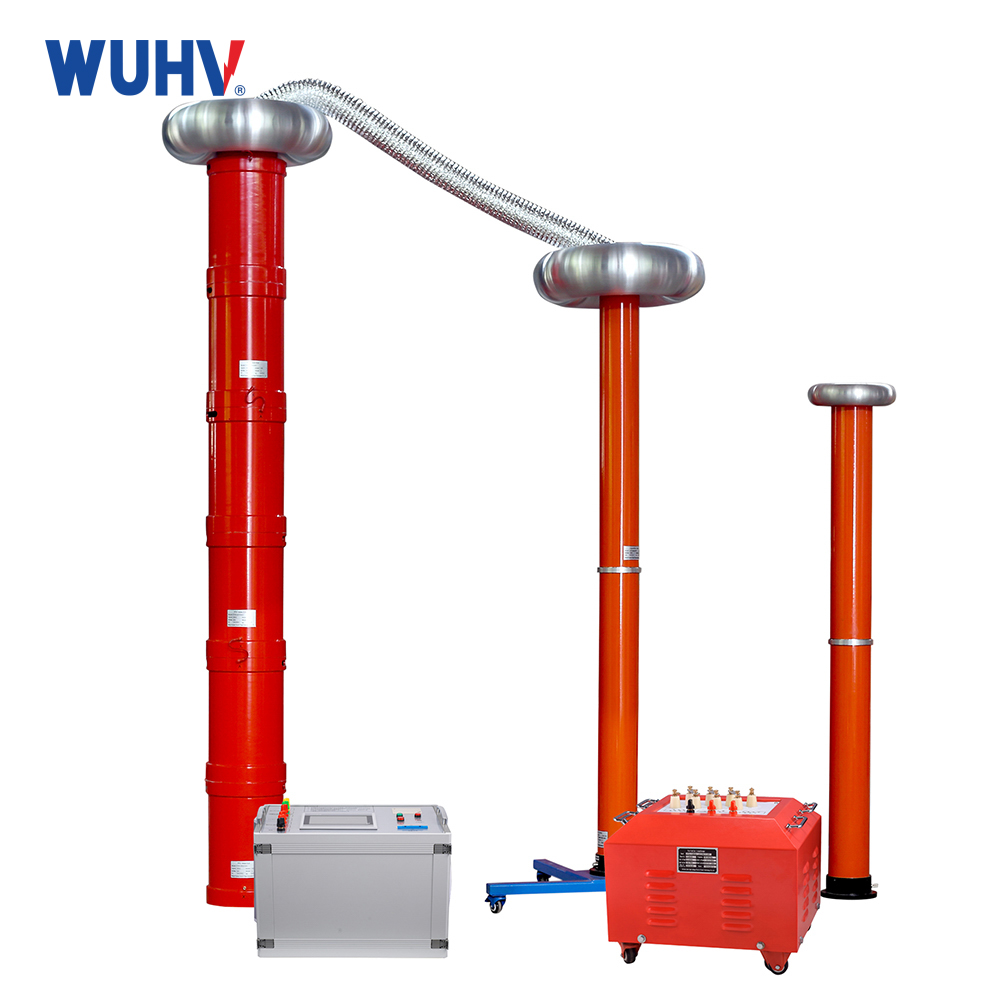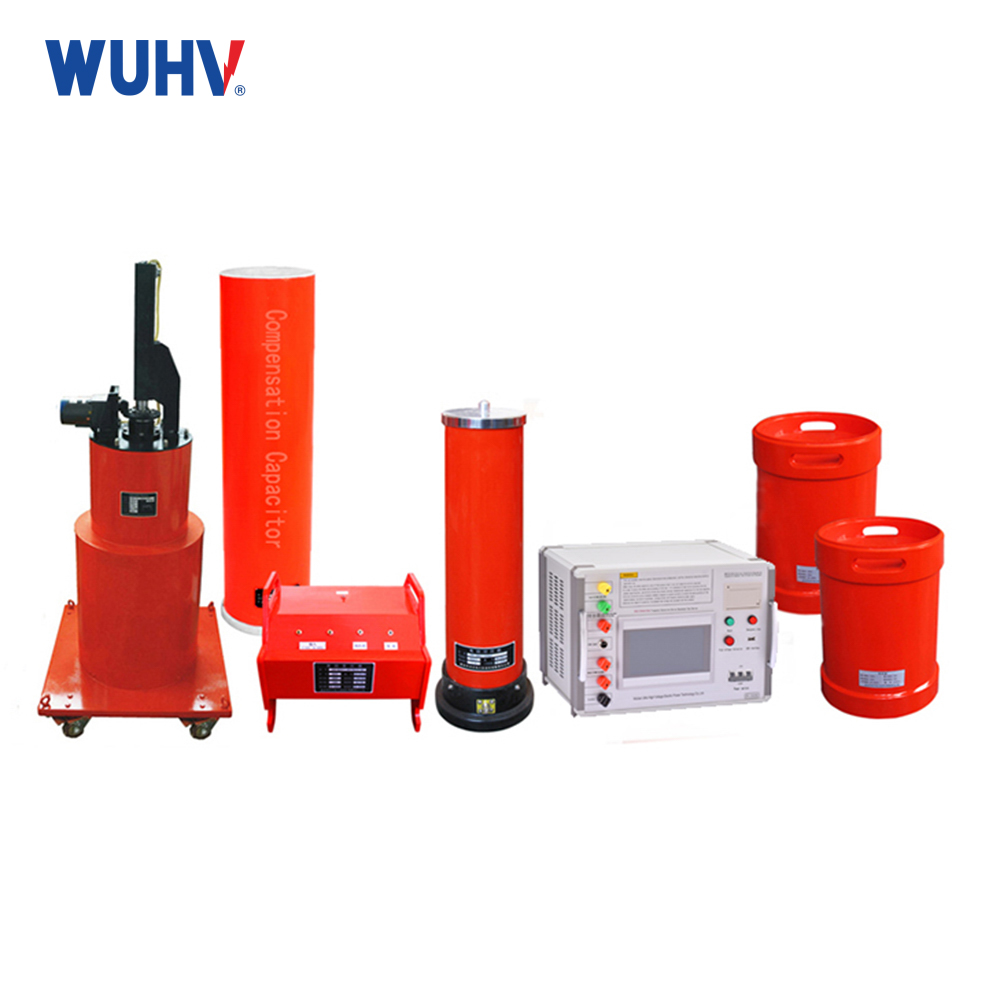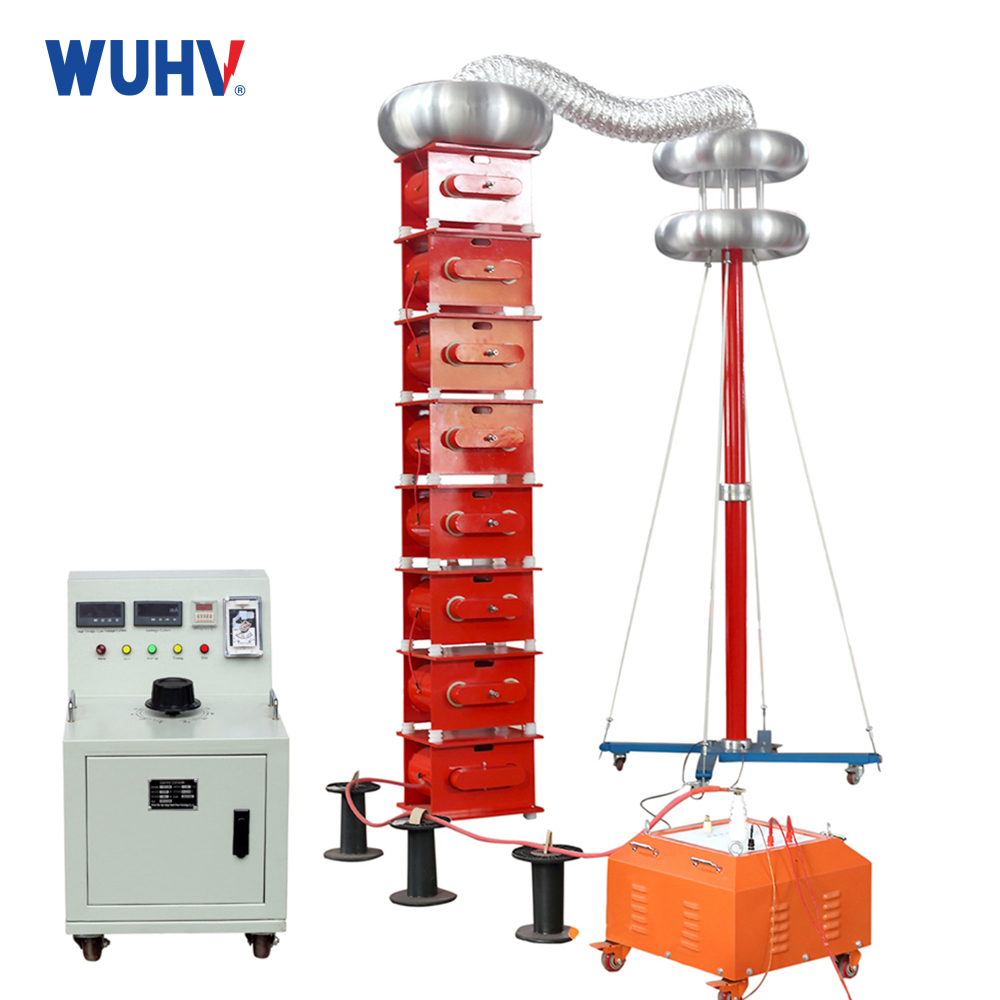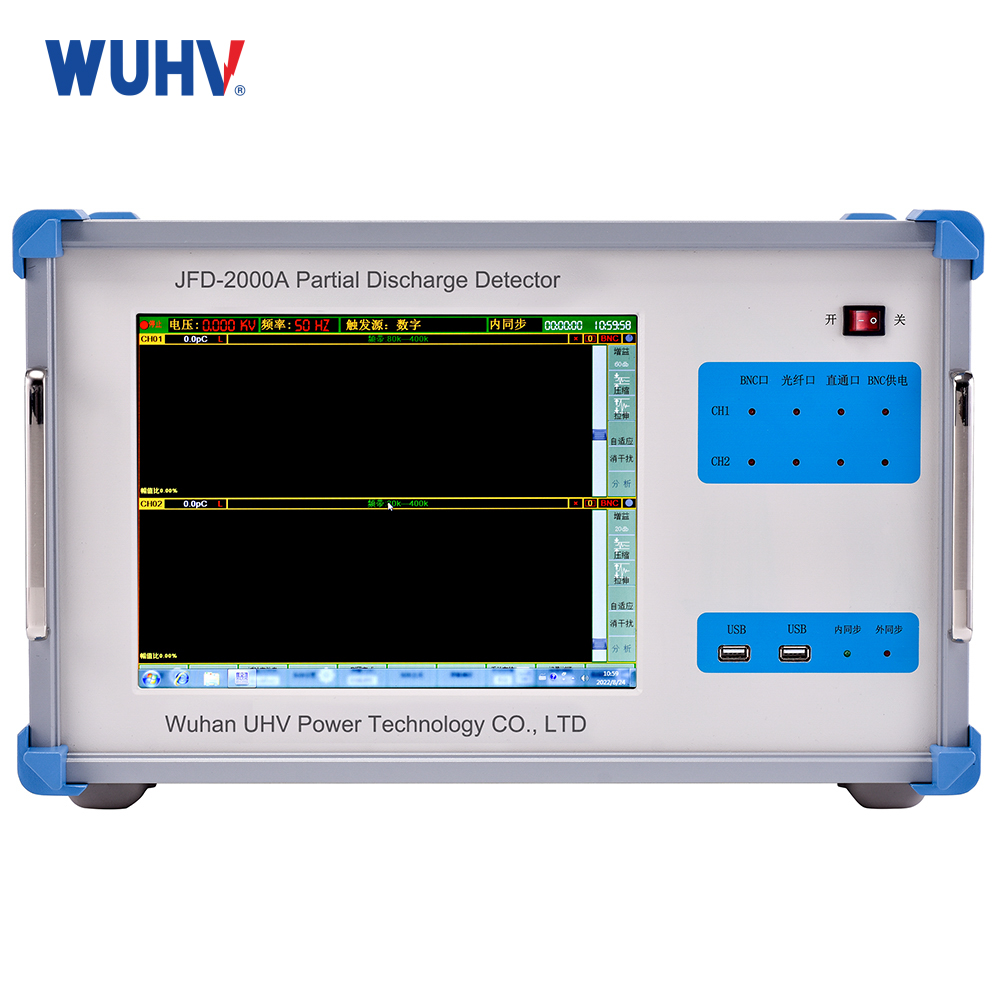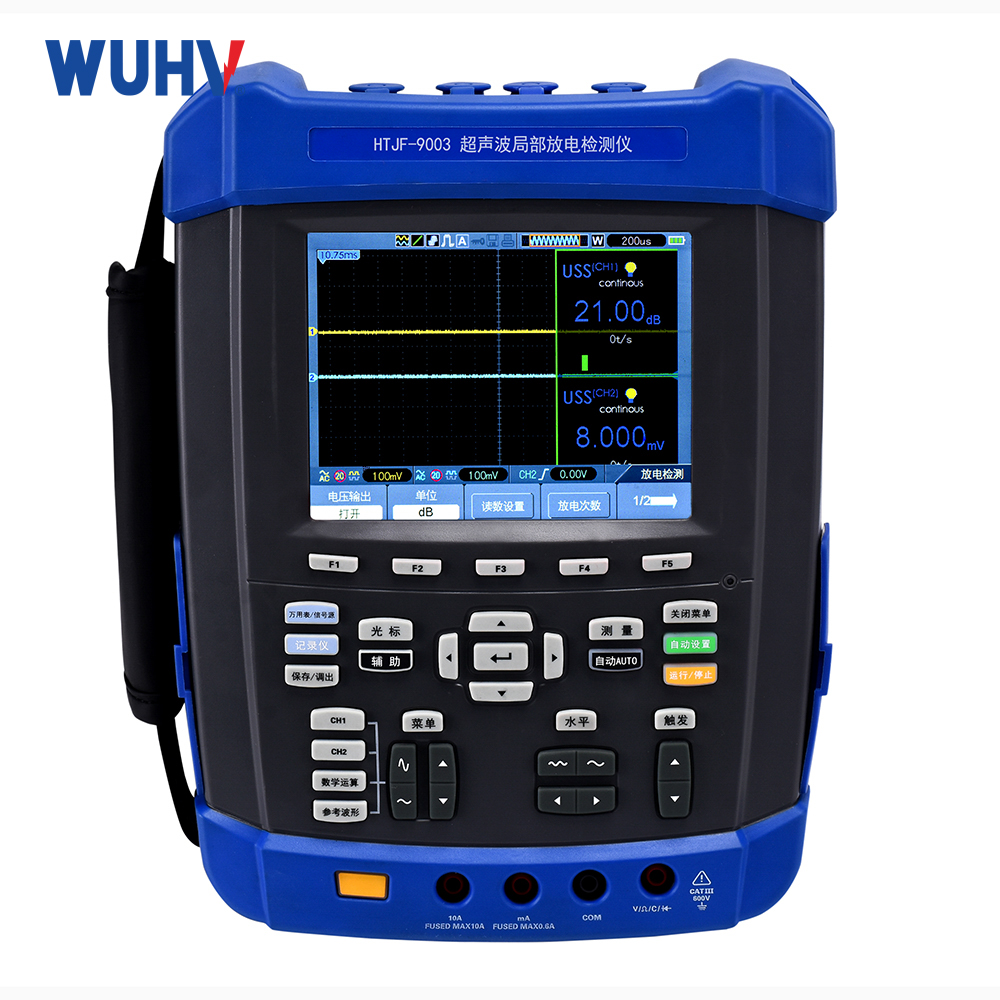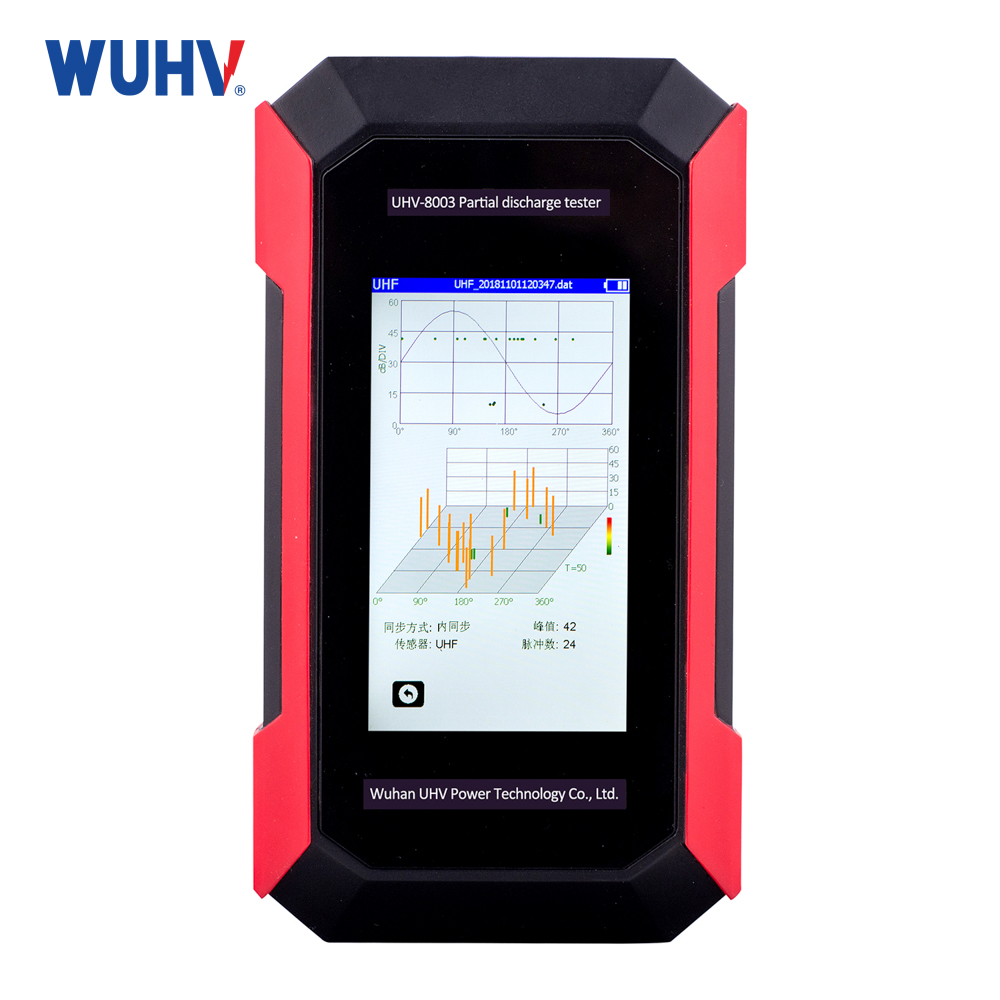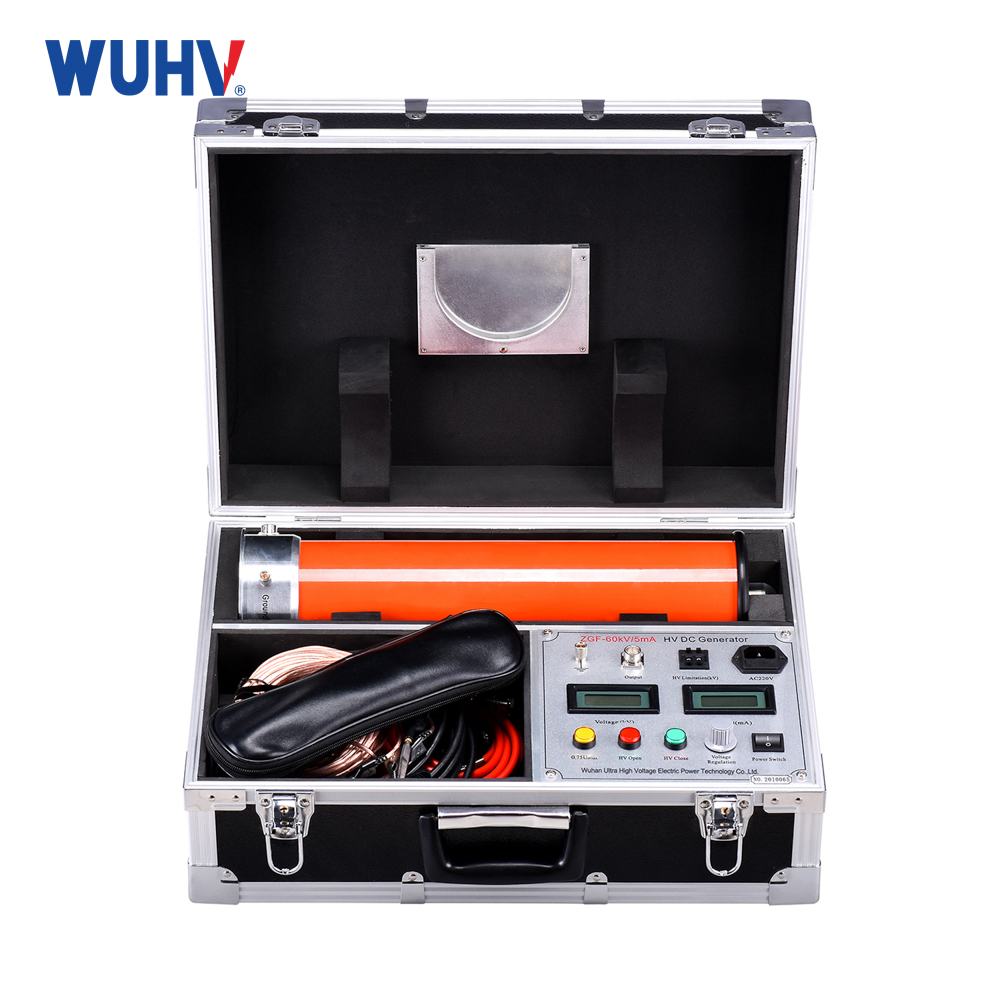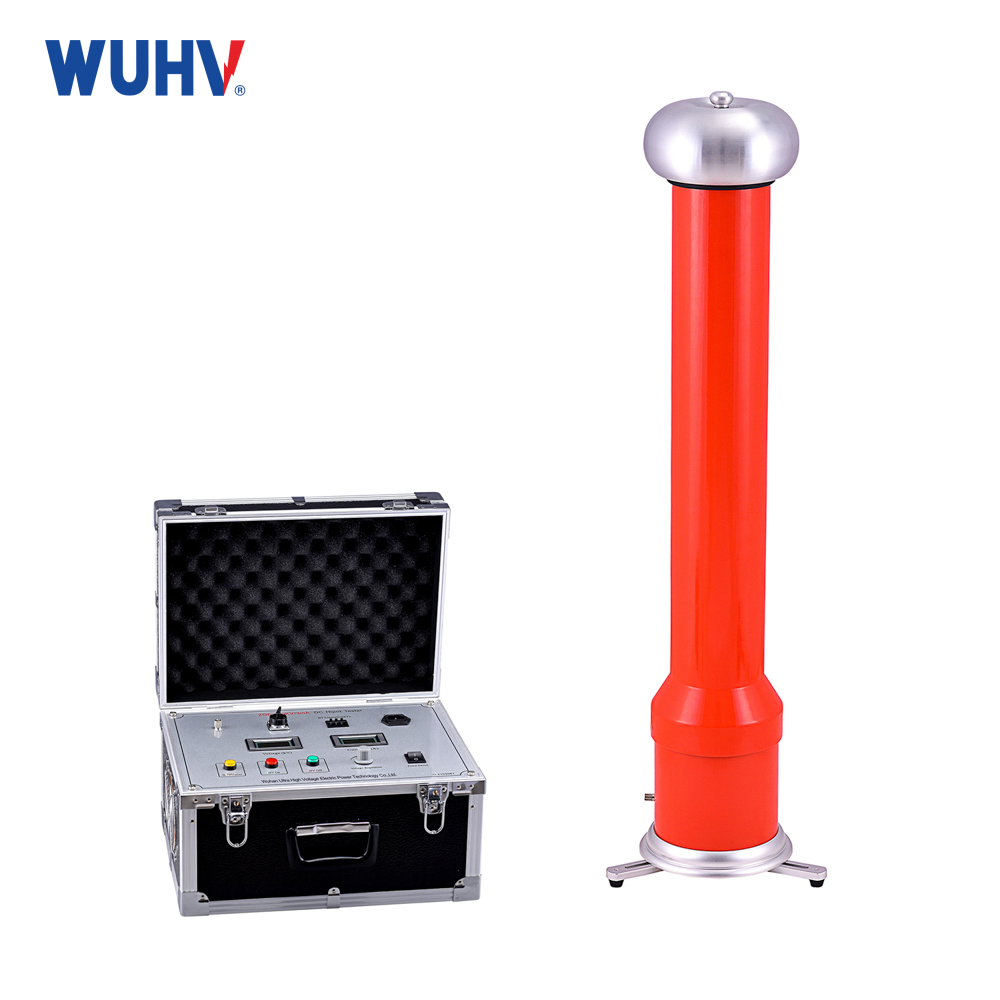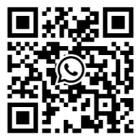The cable fault testerunder Wuhan UHV can help many power workers conduct various power tests more conveniently.
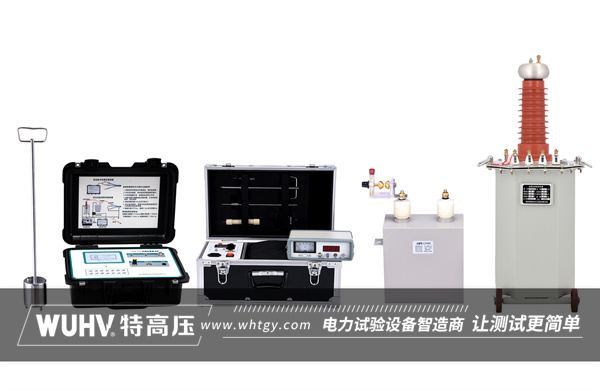
Pulse reflection method and acoustic measurement method are commonly used methods for cable fault diagnosis, but in terms of accuracy, both have their own characteristics and need to be selected according to specific situations.
Firstly, let's take a look at the pulse reflection method:
Pulse reflection method
Principle: Pulse reflection method, also known as low-voltage pulse reflection method, is a fault finding method based on the propagation characteristics of electromagnetic waves in cables. It sends low-voltage pulse signals into the cable, and when the pulse signal encounters a fault point, reflection occurs, and the reflected signal is received and recorded. By analyzing the time delay and waveform characteristics of the reflected signal, the distance between the fault point and the test point can be accurately calculated.
characteristic:
Efficiency: The pulse reflection method can quickly locate and locate cable fault points in a short period of time, greatly improving work efficiency.
Accuracy: By analyzing the time delay and waveform characteristics of the reflected signal, the distance between the fault point and the test point can be accurately calculated, achieving precise positioning of the cable fault point.
Safety: The pulse reflection method does not require destructive testing of the cable and will not cause secondary damage to the cable, ensuring the safety of the testing process.
Then, let's take a look at the sound measurement method:
Acoustic measurement method
Principle: The sound measurement method mainly uses the sound generated by cable faults during discharge to search for faults. It uses a large capacity high-voltage capacitor to charge and discharge the faulty cable core at a scheduled time, resulting in mechanical vibration and discharge sound at the fault point. Sensors can be used on the ground to receive this type of sound, and based on the volume of the discharge sound in the initial measurement section, the highest volume is the precise location of the fault point.
characteristic:
Scope of application: The sound measurement method is only applicable to cable faults with low resistance grounding, and has poor effect on faults with metallic grounding.
Accuracy: Under the correct usage conditions, the sound measurement method can accurately locate the fault point, but it depends on the operator's skills and experience.
Limitations: Due to the attenuation characteristics of sound propagation in the air, the acoustic measurement method may be limited in long-distance cable fault diagnosis.
Summary:
The pulse reflection method plays an important role in cable fault diagnosis due to its high efficiency, accuracy, and safety, especially suitable for situations that require fast and accurate positioning.
The sound measurement method plays a role in cable fault diagnosis with its unique sound detection method, but it may be limited in its applicability and long-distance cable fault diagnosis.
Therefore, when choosing between using pulse reflection method or acoustic measurement method, it is necessary to comprehensively consider the specific cable fault situation, testing conditions, and technical requirements. In some cases, it may be necessary to combine these two methods to achieve optimal fault finding results.


